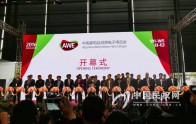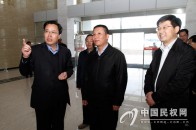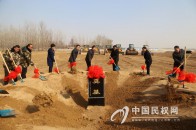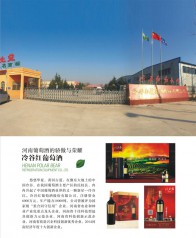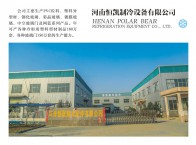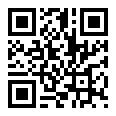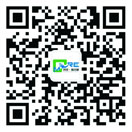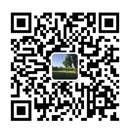建筑科学国际期刊
2004年11月18 00:00:00 来源:中国空调制冷网
Heliodons have been developed to simulate sunlight direction in relation to a building model. For placing the building model, heliodons can be divided into two categories. In one category, the model is to be titled, and normally also rotated. In the other category, the model is to be placed horizontally, and normally also stationary.The later category of heliodons, with a horizontally placed building model, and with the simulated sunlight moving around it, will certainly help architectural students visualise the change of sunlight direction around a building and the related effect on insolation and shading.Furthermore, in both categories, there are heliondons developed to examine annual insolation/shading on massing models by putting red, green, blue lamps(i.e. dichromatic lamps) respectively at positions for June, September/March, December, thus improving the capability of the heliodons.In the pursuit of a heliodon capable of demonstrating solar movement , offering the speed of operation as demanded by architectural schools, and occupying a space generally affordable, and primarily suitable for use to test buildings of the climatic region of south China where Hong Kong is located, a muli-lamp heliodon has been developed.This paper reports on this multi-lamp heliodon, which consists of 69 fixed quartz lamps, and 6 dichromatic lamps. It also has the capability of investigating the building model with dichromatic lamps,. without the demand of additional space which is always a concern now in architectural schools.


